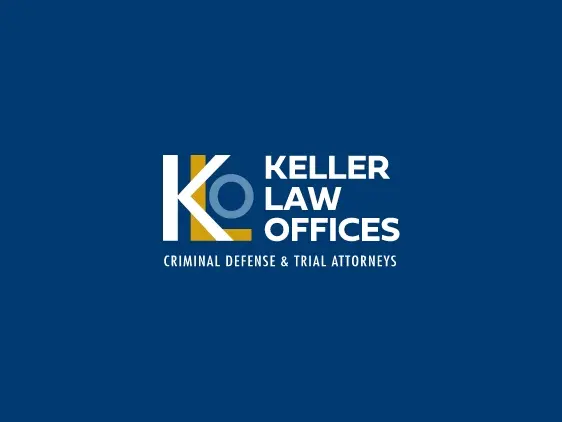It’s the time of year when the Supreme Court of the United States issues its decisions and nearly every year a few of them have some serious ramifications on criminal defense. Anyone in Minneapolis who read about the ruling in Salinas v. Texas knows that this will have a negative effect on criminal law and defendants’ rights.
The case dealt with the reach of the Fifth Amendment right against self-incrimination and pre-arrest silence. Under the Fifth Amendment, a defendant cannot be forced to give information that would implicate him- or herself after he or she has been arrested or is appearing in court. More importantly, a defendant’s silence cannot be used against him or her in court. While not touching those very important freedoms, Salinas made a very clear line as to when that silence can and cannot be used against a defendant.
In a narrow five to four decision, the court held that if a defendant refuses to answer a question by police prior to being arrested, his or her refusal can be used in court. In the case at hand, the defendant was being questioned about the murder of two brothers. Police had been questioning the man for nearly an hour when the defendant wouldn’t say whether the shotgun shells found at the crime scene would match a shotgun found in his home. When he was at trial, the prosecutor used that silence to help gain a conviction.
What this case essentially boils down to is that if police stop you and start asking you questions, but you are not under arrest, if you choose not to answer a question, that silence can be used to incriminate you later. This can leave you stuck between answering a potentially incriminating question and incriminating yourself by silence.
Source: The New York Times, “A 5-4 Ruling, One of Three, Limits Silence’s Protection,” Adam Liptak, June 17, 2013






